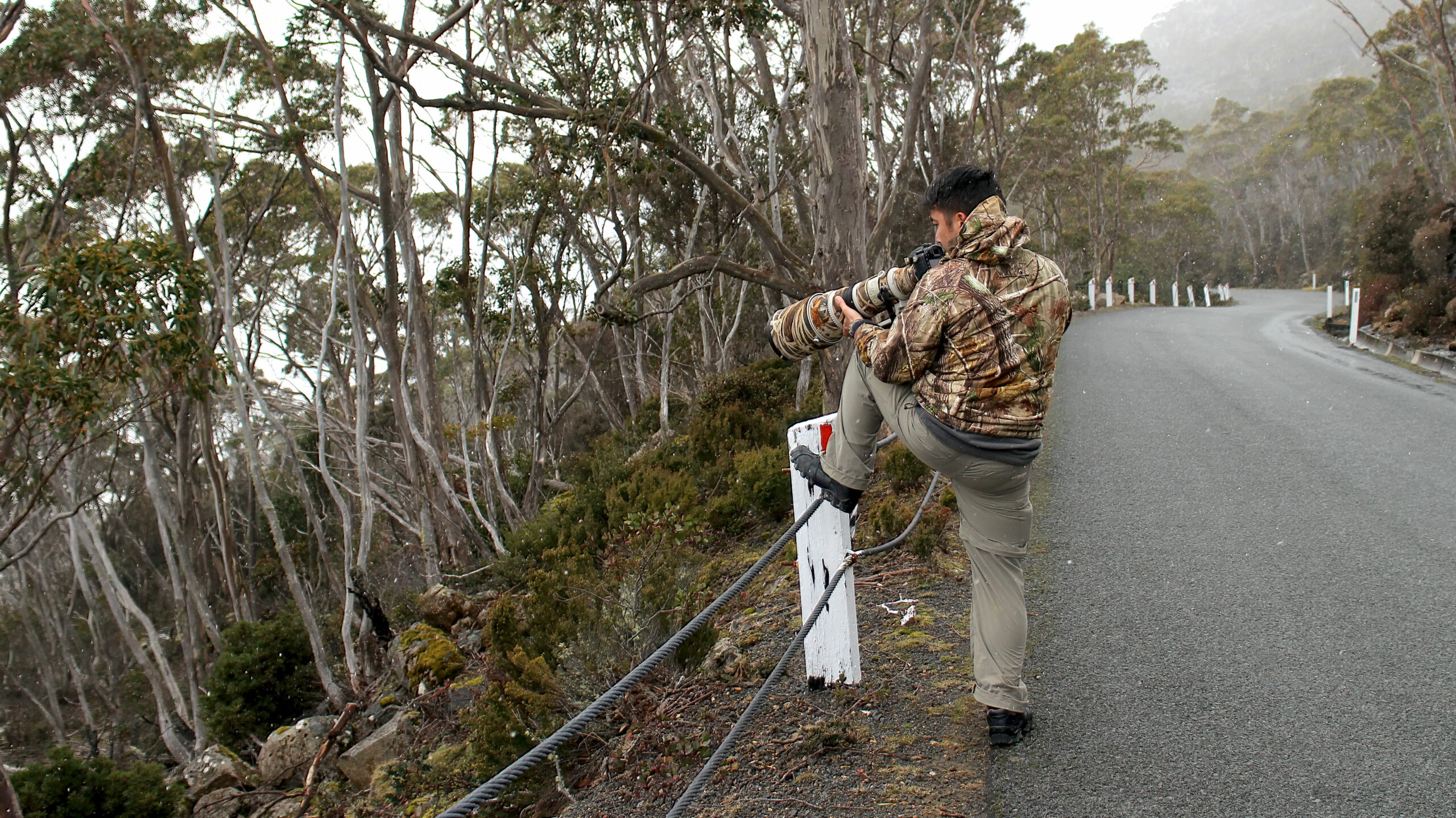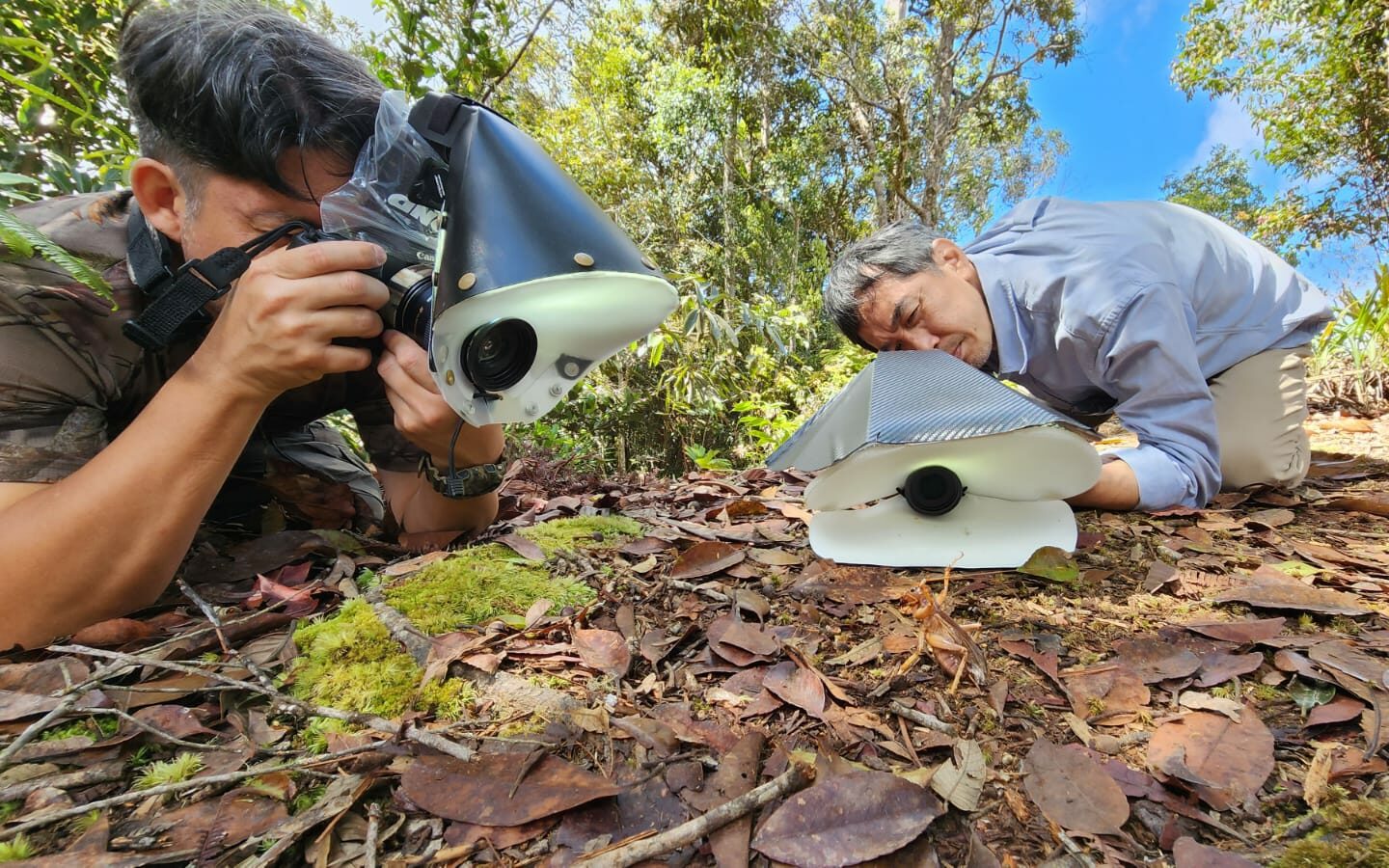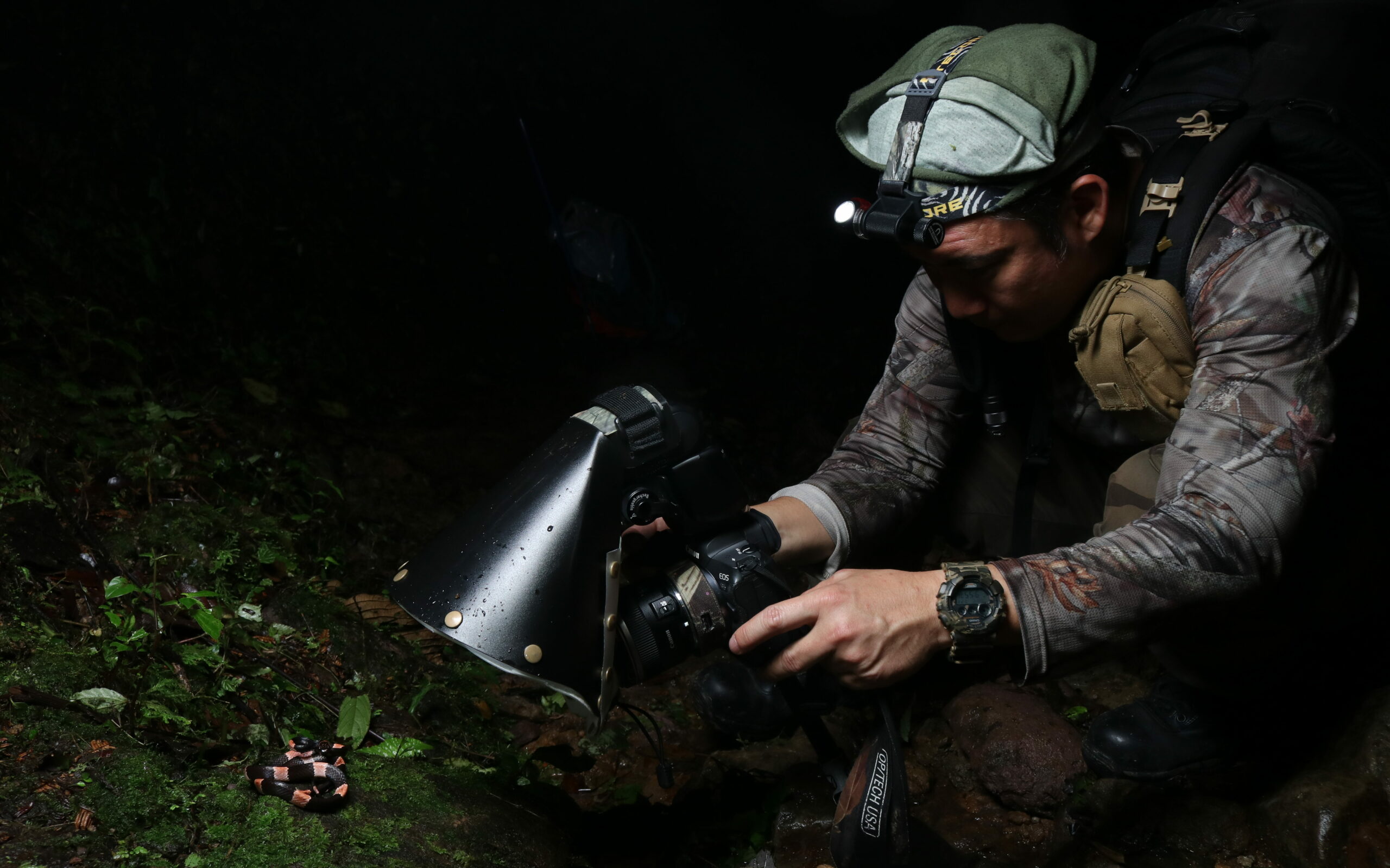
Why the fascination?
The answer is simple. With the global decline of biodiversity through habitat destruction, it is only logical that we enjoy today what nature we have, since it may be all gone tomorrow. And in some cases, very literally.
In the past, during pre-COVID era. Every time I take flights over Borneo, there is constant encroachment into National Parks. Every year hundreds of hectares of land are cleared for oil palm to feed the demand of our ever-growing insatiable population. Everyone talks about poaching as the only cause for extinction, when in fact the real problem is removal of habitat. People and governments do not want to talk about this very real problem, because it is a big problem that everyone is responsible for and cannot be solved. So, what if we stop poaching, where will the wild animals roam if there is no more forest to sustain such animals? Large mammals require hundreds of hectares of forest territory to sustain a food source. Small animals and plants can also be highly localised, with some being restricted to only a small area due to a co-dependence on another organism for food or habitat, which means they can go extinct through the remove of only a small habitat.
These days, organisms are going extinct faster than they are being discovered and described, and it is a very humbling privilege to have the opportunity to document these organisms before they are gone for good. A picture speaks and thousand words, and I would prefer to see an animal captured in all its colour photo glory than pickled in a jar, with colours washed out. The only thing better than a photo is to capture on video footage.


Photography ethics
Like many things in life, there is no right or wrong, no black no white, everything is a million shades of grey and everyone has their own opinion. In general, the welfare of the animal is more important that getting your trophy shot. Some self-righteous people are hardcore advocates of no feeding, no using of flash, blah blah blah. While this has its truths, as mentioned, nothing is black and white. Rule of thumb is, that if an animal is uncomfortable, it will flee, plain and simple. If you get too close to a bird it flies off, plain and simple. If you use flash for your subjects and they do not like it, they will run or fly away. Some animals are not affected by flash that much, while others get spooked very easily because of association with hunting and muzzle flash from a rifle.
Other animals are more spooked by the human form and not from the use of flashes, which also has its roots from hunting. In some countries where there is no hunting pressure, animals are usually not very perturbed by the human form or the use of flashes.
Other debatable topics are the use of feeders. If you have been overseas, you would know that in many countries, wildlife feeders are very common and used not only in many ecological lodges, but also in many National Parks to supplement food for wildlife during lean periods. Animals do not really become over dependent on these food sources but prefer to feed in the forest and only visit these feeding points when food is scarce. As we know, in Singapore, many animals such as monkeys and wild boar have gotten very used to human foods due to feeding and this is in no small part due to the lack of habitat to support their current population size. The more habitat that gets destroyed, the more the animals will venture out into urban areas.
The above discussion is one with no end, and everyone has their own opinion, and make sure it stays that way. The take home is that the organisms are not harmed in the process.
Below are some resources for ethical wildlife photography.
- Audubon’s Guide to Ethical Bird Photography and Videography https://www.audubon.org/get-outside/audubons-guide-ethical-bird-photography
- The Nature Photographer’s Code of Practice, by The Royal Photographic Society (RPS) https://rps.org/media/1xcnsuga/the-nature-photographers-code-of-practice.pdf

